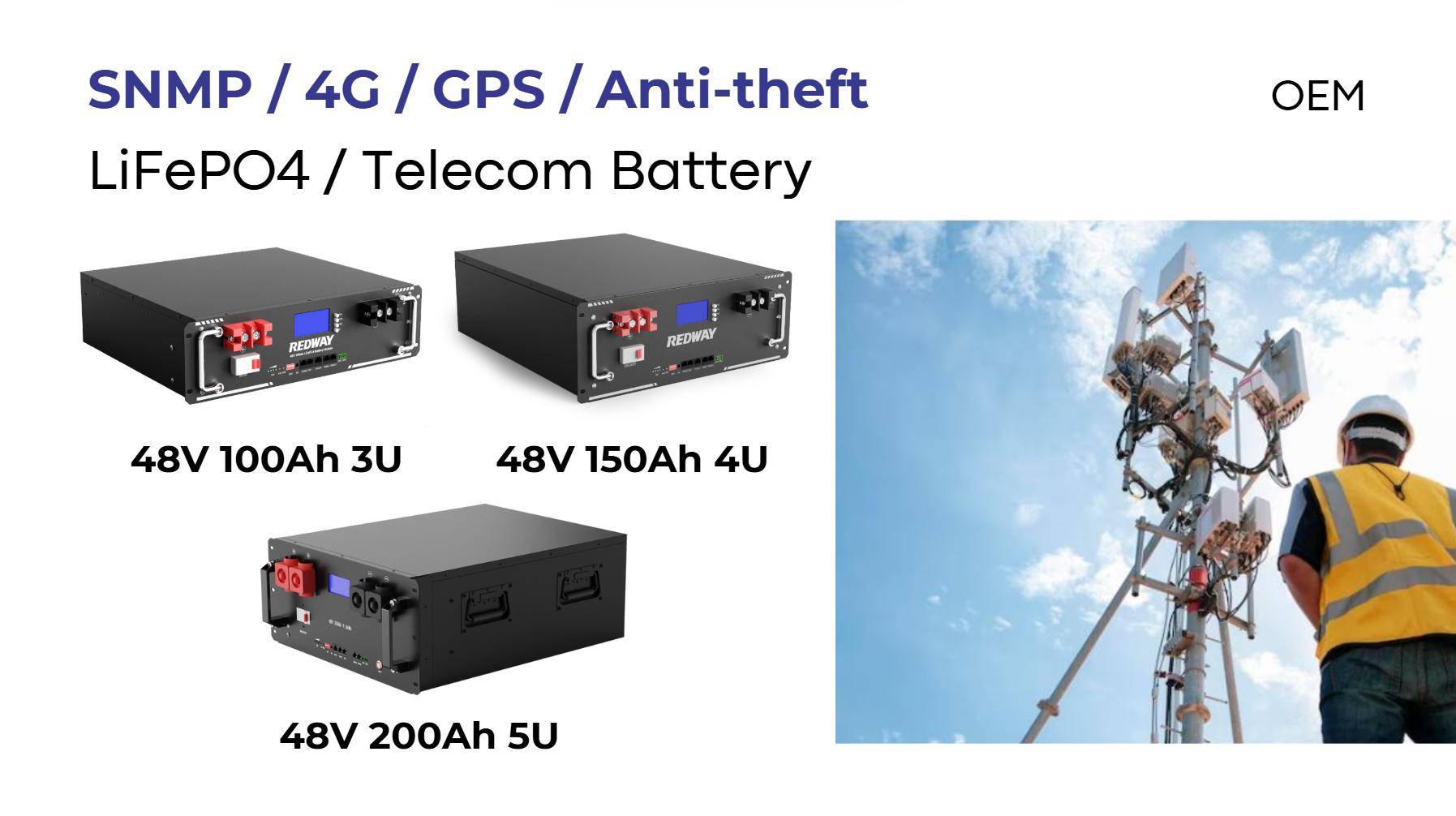
Blog
Why Is Lithium the Future of Telecom Batteries

Lithium batteries dominate telecom due to higher energy density, longer lifespan, and lower maintenance than lead-acid alternatives. They withstand extreme temperatures, reduce operational costs by 40-60%, and support renewable integration. With 5G expansion and energy demands rising, lithium’s scalability and efficiency make it the backbone of modern telecom infrastructure.
How Do Lithium Batteries Outperform Traditional Telecom Batteries?
Lithium-ion batteries provide 3-4x higher energy density than lead-acid, enabling compact tower installations. They charge 5x faster, operate in -20°C to 60°C ranges, and last 10+ years vs. 3-5 years for VRLA. A 2023 study showed lithium reduced telecom site fuel consumption by 72% in off-grid regions.
What Are the Cost Benefits of Switching to Lithium Telecom Batteries?
Though 2x pricier upfront, lithium cuts total ownership costs by 60% over a decade. Key savings: zero maintenance (vs. $200/year for lead-acid), 80%+ depth of discharge (vs. 50% for VRLA), and 95% efficiency (vs. 70-85%). Operators report 18-month ROI through reduced diesel gen-set runtime and tower rental space optimization.
Recent deployments in Africa demonstrate lithium’s financial edge. A MTN Group trial in Nigeria replaced 500 lead-acid batteries with lithium units, slashing energy expenses by $1.2M annually. The table below illustrates cost differences over 10 years:
| Cost Factor | Lithium | Lead-Acid |
|---|---|---|
| Initial Investment | $15,000 | $7,500 |
| Maintenance (10 yrs) | $0 | $2,000 |
| Replacement Cycles | 0 | 3 |
| Total Cost | $15,000 | $24,500 |
Which Lithium Chemistries Are Best for Telecom Infrastructure?
LFP (LiFePO4) dominates with 4,000-6,000 cycle life and thermal stability up to 60°C. NMC packs offer 20% higher density for urban micro-sites. Emerging lithium-sulfur (Li-S) prototypes achieve 500 Wh/kg, doubling runtime. Hybrid systems now pair lithium with supercapacitors for millisecond grid outage response.
How Are Lithium Batteries Enabling 5G and Edge Computing?
5G small cells require 3.5x more power than 4G. Lithium’s modularity supports distributed 48V DC systems with 99.999% uptime. AT&T’s 2024 deployment uses AI-driven lithium banks that predict load spikes from edge data centers. Nokia’s Liquid Cooling 2.0 integrates lithium with immersion-cooled servers, cutting energy waste by 30%.
What Safety Innovations Exist for Lithium Telecom Batteries?
Multi-layer protection includes: 1) Nanoceramic separators preventing dendrites, 2) Gas-release valves for thermal runaway, 3) Blockchain-based BMS tracking 200+ parameters. Ericsson’s Firefly system isolates faulty cells in 0.2 seconds. New UL 1973-certified packs feature flame-retardant casing tested at 1,100°C.
Can Lithium Batteries Integrate with Renewable Telecom Sites?
Yes. Vodafone’s Morocco site combines lithium with 18kW solar, achieving 92% renewable penetration. Lithium’s 95% round-trip efficiency vs. 80% for lead-acid maximizes solar harvesting. Huawei’s SmartLi solution enables hybrid wind-solar-storage microgrids, reducing diesel backup needs from 200 hours/year to under 10.
Advanced energy management systems now optimize lithium performance in green telecom networks. SolarEdge’s software dynamically allocates surplus solar energy to lithium storage during peak production hours. This smart distribution increases renewable utilization by 35% compared to static systems. The table below shows renewable integration performance:
| Metric | Lithium + Solar | Lead-Acid + Solar |
|---|---|---|
| Daily Energy Capture | 94% | 72% |
| System Efficiency | 89% | 63% |
| Diesel Backup Usage | 8 hrs/month | 55 hrs/month |
Expert Views
“The telecom lithium shift isn’t optional—it’s existential. Our analysis shows networks using legacy batteries will face 34% higher OPEX by 2027. Smart lithium systems with digital twins allow operators to monetize grid services, turning towers into virtual power plants.”
— Dr. Elena Varsi, Head of Energy Storage, GSMA
Conclusion
Lithium batteries are revolutionizing telecom energy resilience through unmatched density, intelligence, and lifecycle value. As 5G densification and AI-driven load management escalate, lithium’s software-defined architecture positions it as the cornerstone for sustainable, high-reliability networks. Operators adopting lithium today are future-proofing against soaring energy costs and regulatory pressures.
FAQs
- How long do lithium telecom batteries last?
- 10-15 years vs. 3-7 for lead-acid, with 80% capacity retention after 4,000 cycles.
- Are lithium batteries recyclable?
- Yes—98% of lithium, cobalt, and nickel can be recovered. Redwood Materials’ closed-loop system processes 20GWh/year of telecom batteries.
- Do lithium batteries work in extreme cold?
- Advanced models with heated enclosures operate at -40°C. Solid-state prototypes eliminate low-temperature performance drops.
Know more:
Why Is Lithium the Future of Telecom Batteries
What Are the Latest Innovations in Telecom Lithium Battery Technology?
Why Are Telecom Lithium Batteries Experiencing Surging Demand?
What Are the Latest Regulatory Changes for Telecom Batteries
Why Are Telecom Companies Switching to Lithium Batteries?
What Are the Key Upcoming Events for Telecom Battery Technology













